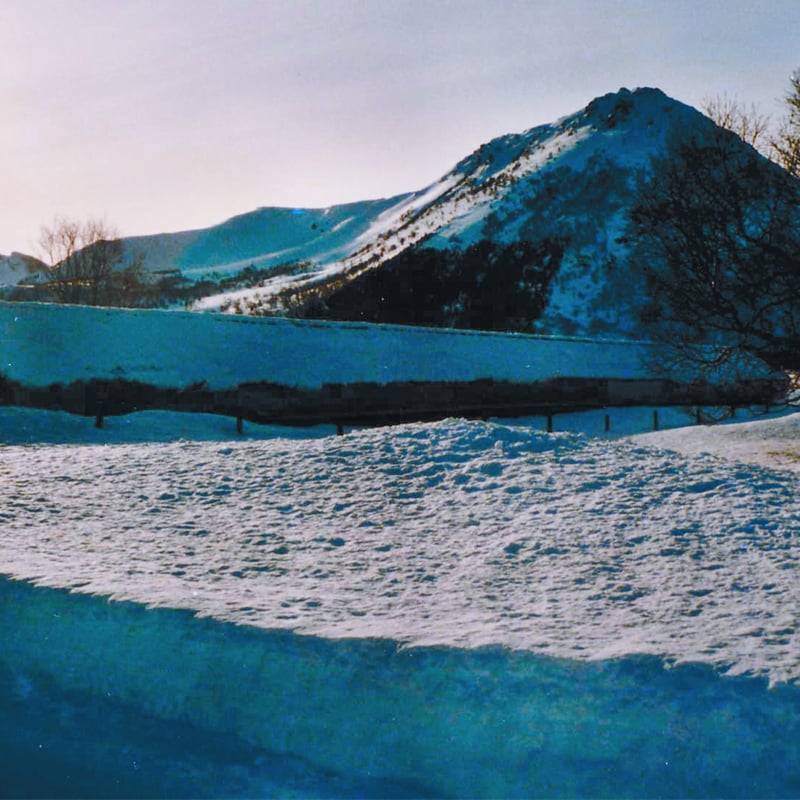Americas
Regulations

Fur Farming is a strong and well-integrated part of the agricultural landscapes of both North and South America.
United States
Over 90 percent of mink comes from farms Certified under the Standard Guidelines for the Operation of Mink Farms in the U.S. This certification program was the first of its kind and was begun by Fur Commission USA, the National trade association of the U.S. mink producers. The certified farms undergo regular and mandatory veterinary inspections by accredited USDA veterinarians. This percentage is not static as many farms will undergo re-certification after the previous one expires. This percentage usually increases every spring when weather improves and veterinarians resume farm inspections.
All farms fall under The US Department of Agriculture and their respective state Departments of Agriculture, Departments of Water Quality and Departments of Natural Resources. Each agency has the right to inspect farms at any time and do so on occasion. Agency inspections are generally complaint-driven. New farms or farms under expansion need government permits that cover waste management, runoff control, building safety, and animal food handling and storage. Some need zoning and special-use permits depending on their location. In each situation inspections are required.
If a farm is not humane-certified, they still need to abide by the Federal, State, and Local animal welfare and environmental laws, no different than any other livestock operation.
For more information see the website of the Fur Commission USA (FCUSA – http://furcommission.com/)
Canada
In Canada new codes of practice for the raising of mink and fox have been developed by the National Farm Animal Care Council. Agriculture Canada, in conjunction with veterinarians, animal welfare experts and others helped to develop these new codes that include strict guidelines for animal welfare, nutrition, biosecurity, pen size, euthanasia and more.
Mink Associations across the county are also working on herd health programs with independent veterinarians and working closely with their agriculture departments to maintain optimal waste management and environmental processes are in place along with food handling, storage and biosecurity issues.
For more information see the website of the Canadian Mink Breeders Association (CMBA – http://www.webtext.ca/canadamink.ca/)




